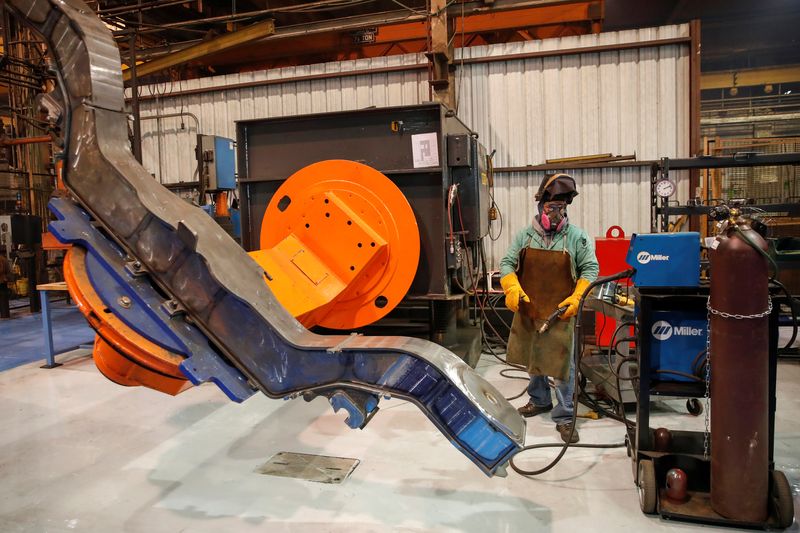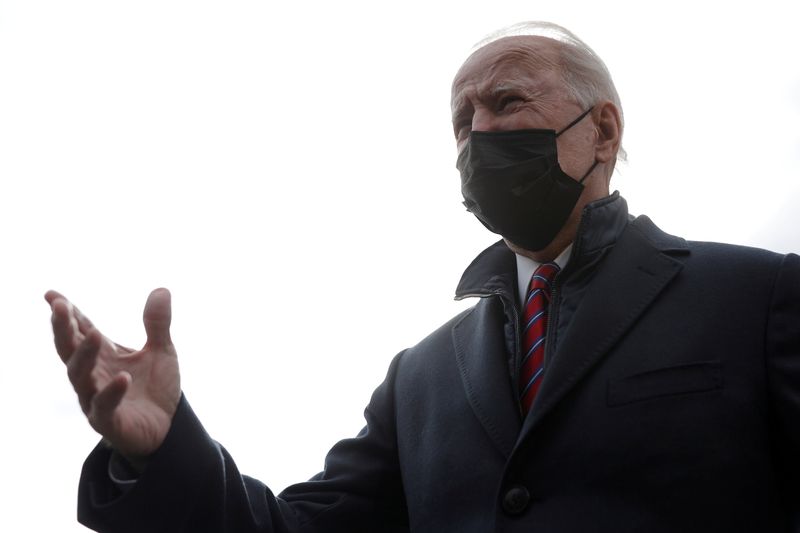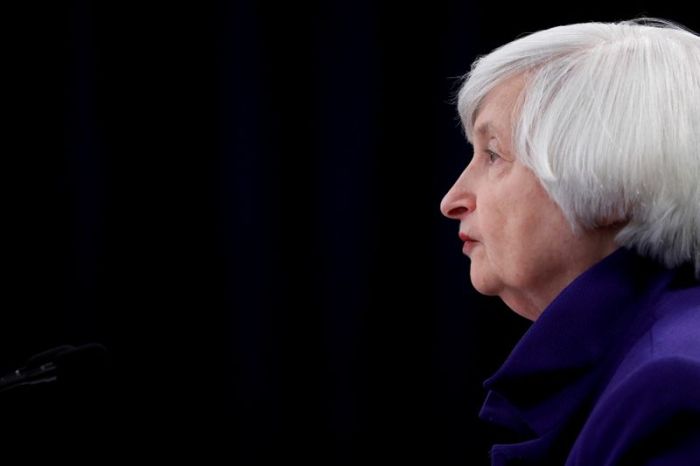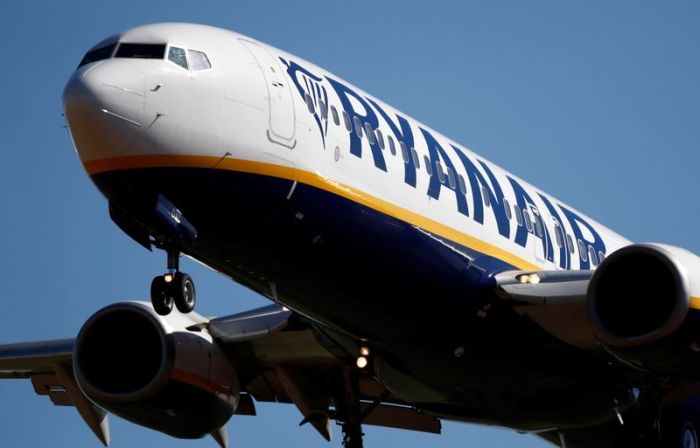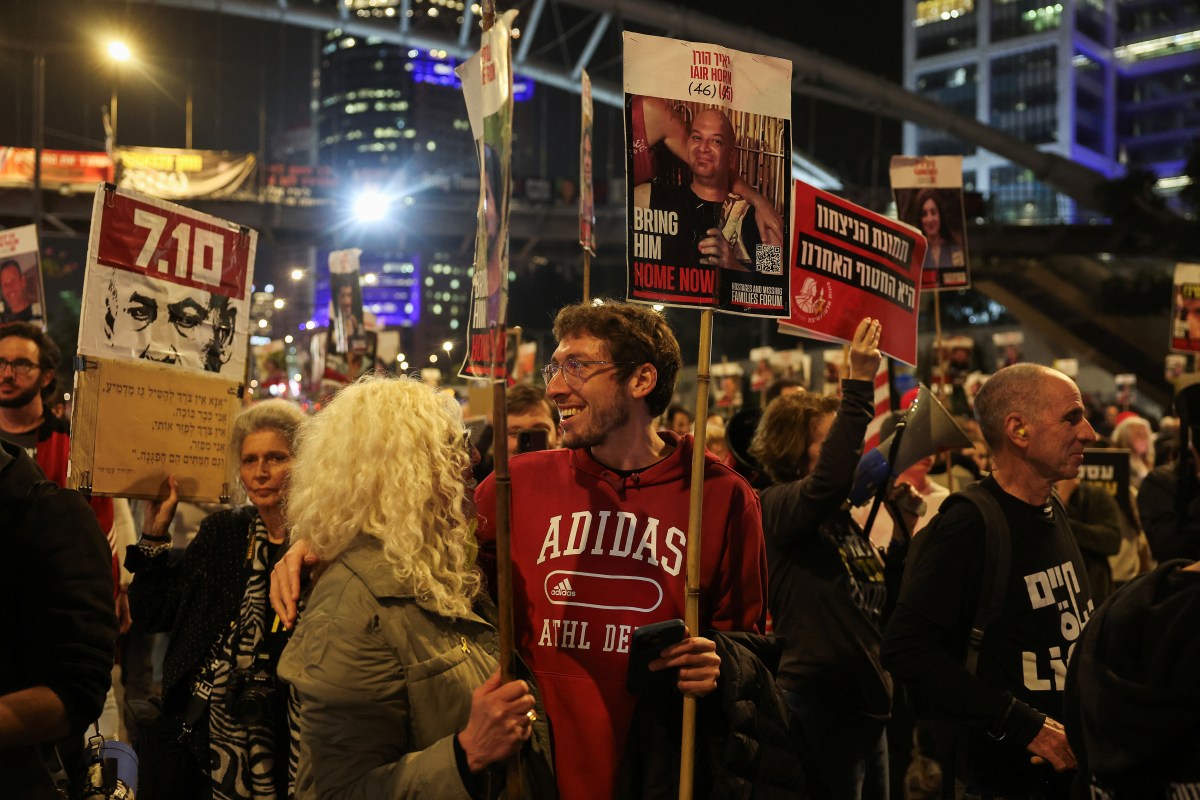(Reuters) – The U.S. economy will grow 4.6% in 2021 after contracting 3.5% in 2020, the Congressional Budget Office said on Monday in a rosier forecast that could strengthen Republican resistance to President Joe Biden’s proposed $1.9 trillion COVID-19 aid plan.
The new forecasts, based on U.S. laws and policies enacted law through Jan. 12 — about a week before Biden took office — predict that growth will taper off after 2021 to below 2% by 2031.
But they are significantly stronger than the CBO’s previous economic forecasts issued in July, which predicted a 4% real GDP growth rebound in 2021 after a 5.8% contraction in 2020.
“CBO currently projects a stronger economy than it did in July 2020, in large part because the downturn was not as severe as expected and because the first stage of the recovery took place sooner and was stronger than expected,” CBO said.
The latest forecasts include the effects of a $900 billion coronavirus stimulus package passed at the end of 2020 and a faster resumption of business activity. It said the 2020 stimulus plan would increase the U.S. budget deficit by $774 billion in fiscal 2021, which ends Sept. 30, and by $98 billion in fiscal 2022.
The economic forecasts will be used in an update of CBO budget projections for 2021-2031, which will be released later in February and set a baseline for measuring the fiscal costs of Biden’s spending proposals.
Biden was due to meet with 10 moderate Republican senators later on Monday to discuss their desire for a smaller stimulus, even as Democrats prepare to move forward without Republican support.
CBO said it expected the average U.S. unemployment rate to fall to 5.7% in 2021 from 8.1% in 2020 — a major improvement from July forecasts of 8.4% in 2021 and 10.6% in 2020. But it said the number of people employed would not recover to pre-pandemic levels until 2024.
“Over the course of the coming year, vaccination is expected to greatly reduce the number of new cases of COVID-19, the disease caused by the coronavirus. As a result, the extent of social distancing is expected to decline,” CBO said in its economic forecast report.
After this year, CBO said it expected U.S. real gross domestic product growth to slow to 2.9% in 2022 and 2.2% in 2023 — a pace similar to the relatively strong growth years of 2018 and 2019, respectively.
Real GDP will average 2.3% for 2024 and 2025 and 1.7% for the 2026-2031 period, according to the CBO forecasts.
But it said inflation as measured by the Consumer Price Index excluding food and energy costs will rise from 1.6% in 2021 to 2.1% in 2022, and average 2.4% for the years 2024-2031, well above the Federal Reserve’s nominal 2% inflation target.
This could raise concerns that a further massive stimulus, along with Biden’s plans for major infrastructure investments could run the economy too “hot” and stoke inflation.
(Reporting by David Lawder in Chicago; Editing by Paul Simao and Alison Williams)

